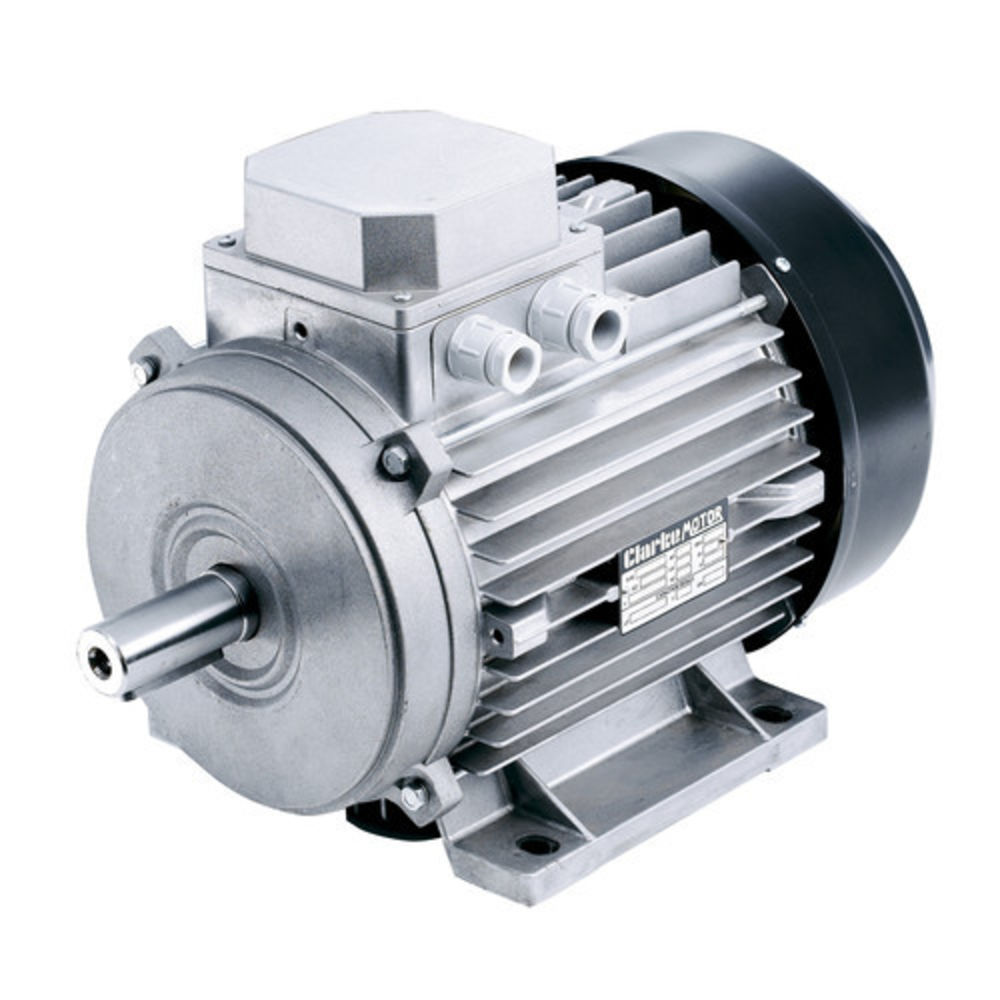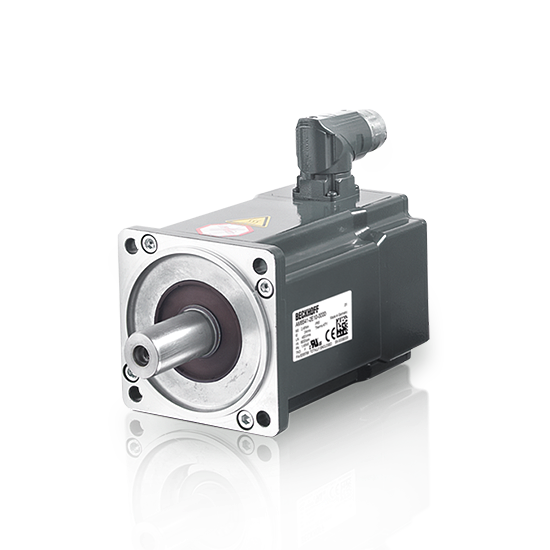Single Phase Motors
Single-phase motors are Motor Types that use an alternating current (AC) supply. The
alternating current in the main winding generates a magnetic field around the
rotor, resulting in torque. The rotor then rotates in the opposite direction to
the flux created by the main flux. The rotor's torque develops when the rotor
is nearing the speed of the backward rotating phasor.
Single-phase motors incorporate a starting winding, a starting switch,
and an electrolytic capacitor. When the motor is powered on, the capacitor
discharges into the start winding, giving the motor a start. The starting
switch removes the capacitor when the rotor reaches about 75%-80% of its
maximum speed, allowing the running winding to ramp up to full operational
speed.
Brushless DC Motors
Brushless DC motors are electric motors that operate without a brush.
They are also known as electronically commutated motors or synchronous DC
motors. Brushless DC motors operate on a direct current electric power supply.
Unlike their synchronous counterparts, they don't need any mechanical brushes
to maintain torque.
Brushless DC motors are used in many electrical products. They are
common in laser printers, as well as in drones, and they can be used to control
propellers and gimbals. They can also be used as powerful tools for turning
blades and screwdrivers. These motors can cut down on product development costs
and increase energy efficiency. The ability to quickly turn the disk is a
crucial function for precision devices.
Linear Motors
Linear motors work by using an electric force to move a device along a
long length. A linear motor has an unrolled stator and rotor that produce a
force along its length. Although it might seem that linear motors only move in
one direction, there are several variations of this motor type.
Modern linear motors feature a highly optimised iron core design and a
low-cogging performance. Linear motors may also be configured with magnets that
are set at a small angle to the direction of motion, resulting in smoother
movement.
Servomotors
Servomotors are actuators that control the position of an object by
varying the input voltage levels. They are used in many different applications,
from robotic systems to cameras. They are also used in antenna positioning
systems, providing accurate antenna elevation and position. The positioning of
an object is also controlled by a feedback potentiometer, which changes the
position of the motor as it responds to a changing voltage.
Servomotors are the most common type of motor. Their shafts are designed
to rotate in a 180-degree range, and they contain a rotation sensor.
Servomotors are also commonly used in toys and radio-controlled vehicles. They
also provide powerful and precise position sensing in robotics.
Cumulative Compound Motors
Cumulative compound motors combine the advantages of a shunt motor and a
series motor. These types of motors can start at full speed with a heavy load
attached, but they are not ideal for controlling speed. Fortunately, cumulative
motors combine the features of both types of motors, so they're appropriate for
many applications.
In addition to variable speeds and torque, cumulative compound motors
can be controlled by changing voltage. These motors are useful for machines
with high torque, heavy loads, and varying pressure. This makes them a good
choice for cutting machines, stamping presses, and punches.
Servomotors with Integral Brakes
Servomotors with integral brakes are commonly used in robotics and
machine vision applications. These systems offer a range of options for
mounting and torque range. They can be easily mounted and have high torsional
rigidity, making them suitable for any mounting style. Another major advantage
is that they do not require system winding up. They also can hold a machined
end of a ball screw.
When choosing a servomotor with an integrated brake, the operating
conditions and application requirements must be considered. For example, the
brake should be able to generate sufficient static torque for the application.
In addition, it must be able to maintain the shaft's position under all
circumstances. Moreover, the orientation of the motor should be considered,
since it may affect the brake load.
Repulsion Motors
A repulsion motor is a type of electric motor that runs on alternating
current (AC). It was once the standard traction motor for electric trains but
has since been superseded by other types of motors. A repulsion motor is
considered a single-phase motor, meaning that it works on one phase of the AC
power.
A repulsion motor's starting torque depends on the position of the brushes inside the commutator. The brushes are shifted clockwise or counterclockwise relative to the main magnetic axis, and they are shorted together to form a field that generates torque. A brush shift of 45 degrees will produce maximum torque. This brush shift also allows the speed of the repulsion motor to be controlled.










Post a Comment